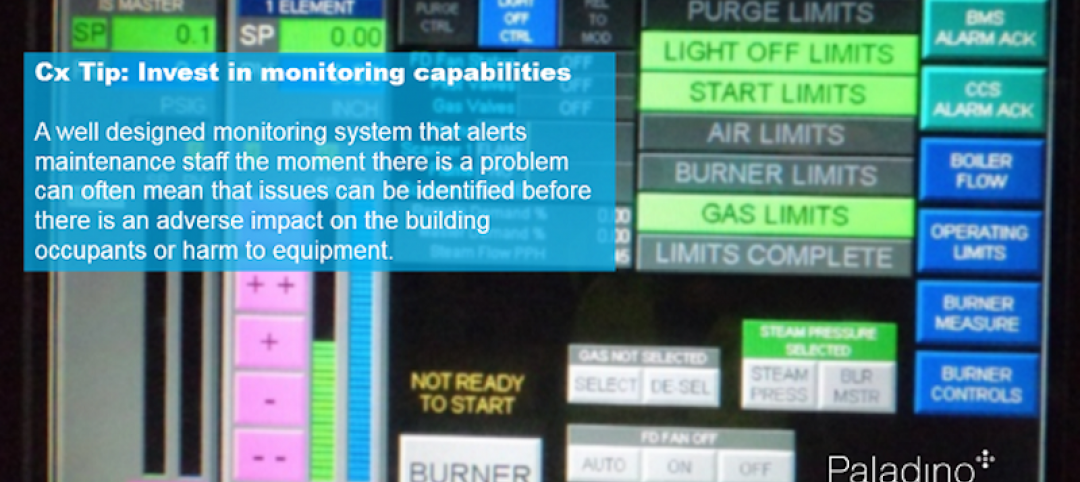At the 2015 Annual Business Meeting of the National Council of Architectural Registration Boards (NCARB), Member Boards agreed on Saturday to discontinue the current Broadly Experienced Foreign Architect (BEFA) Program in favor of a simplified alternative for receiving an NCARB Certificate.
The change, effective July 1, 2016, will optimize the process for foreign architects who are licensed but do not currently meet the requirements for the NCARB Certificate. This credential facilitates licensure among jurisdictions and signifies that an architect has met national standards for licensure established by registration boards.
“We wanted to remove some of the unnecessary financial and administrative impediments for this group by refocusing on the nationally accepted standards for licensure." —Dale McKinney, NCARB President
The new alternative for foreign licensees will replace the current BEFA Program’s requirements, eliminating the committee dossier review and the need to document seven years of credentialed practice in a foreign country. Instead, foreign architects will be required to document completion of the Intern Development Program (IDP) experience requirements and successfully complete the Architect Registration Examination (ARE) to obtain NCARB certification.
“NCARB Certification provides an important career advantage, opening up future job opportunities throughout the U.S. and providing free online continuing education,” said NCARB President Dale McKinney, FAIA, NCARB. “We wanted to remove some of the unnecessary financial and administrative impediments for this group by refocusing on the nationally accepted standards for licensure.
“By imposing the same experience and examination criteria on foreign architects as we do in U.S. architect candidates for certification, we address knowledge of U.S. codes and facility with English as the primary U.S. language,” McKinney added. “The new alternative will be more automated, increasing objectivity and helping reduce fees associated with the dossier and interview requirements.”
In other Annual Business Meeting action, a new alternative to the Broadly Experienced Architect (BEA) program fell one vote shy of getting the 28 votes needed by the Member Boards to discontinue the BEA in favor of a more simplified alternative for architects seeking an NCARB Certificate when they do not have a degree from a program accredited by the National Architectural Accrediting Board (NAAB).
The new requirements for the education alternative for certification would have required five years of post-licensure practice for all licensees without accredited education. It would also have required twice the IDP requirements for work experience for architects with a pre-professional architectural degree, and five times the IDP requirements for those with anything less than a pre-professional architectural degree.
“The split in our membership shows the proposal needs more work,” said NCARB CEO Michael Armstrong. “Our board will apply feedback from the membership toward a remodeled alternative and come back next year with a proposal that will try to capture the blend of rigor, inclusion and ease of use that is acceptable to a majority of our members.”
Related Stories
Sponsored | Architects | Jul 19, 2017
Introducing StrXur by Bluebeam
Our goal is to present unique perspectives you may not be able to find anywhere else.
Sponsored | Accelerate Live! | Jul 13, 2017
Defining the future by mastering the art of change
From my perspective, what separates organizations thriving in the digital revolution from those who are not boils down to one thing: leadership.
Multifamily Housing | Jul 12, 2017
Midyear Rent Report: 26 states saw rental price increases in first half of 2017
The most notable rental increases are in growing markets in the South and Southwest: New Orleans, Glendale, Ariz., Houston, Reno, N.V., and Atlanta.
Giants 400 | Jul 12, 2017
Innovation abounds, but will it lead to growth for AEC Giants?
Engineering firms such as Arup, Glumac, and Thornton Tomasetti are leveraging their in-house expertise to develop products and tools for their design teams, clients, and even the competition.
Multifamily Housing | Jul 12, 2017
7 noteworthy multifamily projects: posh amenities, healthy living, plugged-in lifestyle
Zen meditation gardens, bocce courts, saltwater pools, and free drinks highlight the niceties at these new multifamily developments.
Accelerate Live! | Jul 6, 2017
Watch all 20 Accelerate Live! talks on demand
BD+C’s inaugural AEC innovation conference, Accelerate Live! (May 11, Chicago), featured talks on machine learning, AI, gaming in construction, maker culture, and health-generating buildings.
Healthcare Facilities | Jun 29, 2017
Uniting healthcare and community
Out of the many insights that night, everyone agreed that the healthcare industry is ripe for disruption and that communities contribute immensely to our health and wellness.
Architects | Jun 25, 2017
Stantec adds RNL Design to its stable, fortifying several of its business units
The engineering giant also names successor to CEO who will retire at the end of this year.
Building Team | Jun 22, 2017
Seven lessons learned on commissioning projects
Commissioning is where the rubber meets the road in terms of building design.
Sponsored | Building Team | Jun 20, 2017
Plan ahead when building in the west
Getting a project through plan review can be an unusually long process, anywhere from six months to two years.

















